A sneak peek at the MOMA's exhibition How Should We Live? Propositions for the Modern Interior.
The exhibition is on view at MOMA, NY, until April 23, 2017.


Benita Koch-Otte, Woven Wall Hanging, 1923. Manufactured by Bauhaus Weaving Workshops, Weimar, Germany. © The Museum of Modern Art, New York.

Willi Baumeister, Wie wohnen? Die Wohnung (How Should We Live? The Dwelling), Poster for an exhibition organized by the Deutsche Werkbund at the Weissenhofsiedlung, Stuttgart, Germany. 1927. © The Museum of Modern Art, New York.
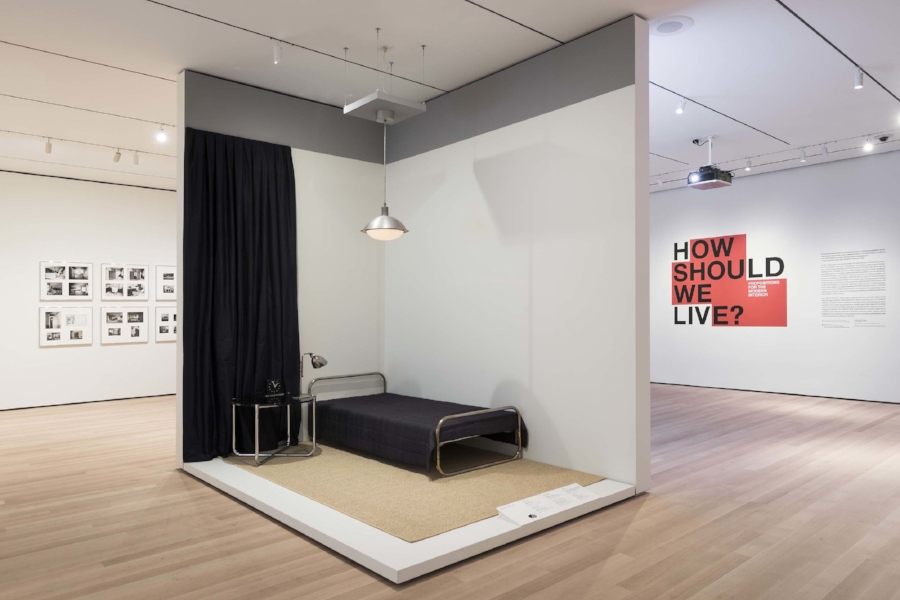
Part of interior remodeling of Philip Johnson’s apartment at 424 East 52nd Street, New York, designed by Ludwig Mies van der Rohe and Lilly Reich, 1930.
© Martin Seck
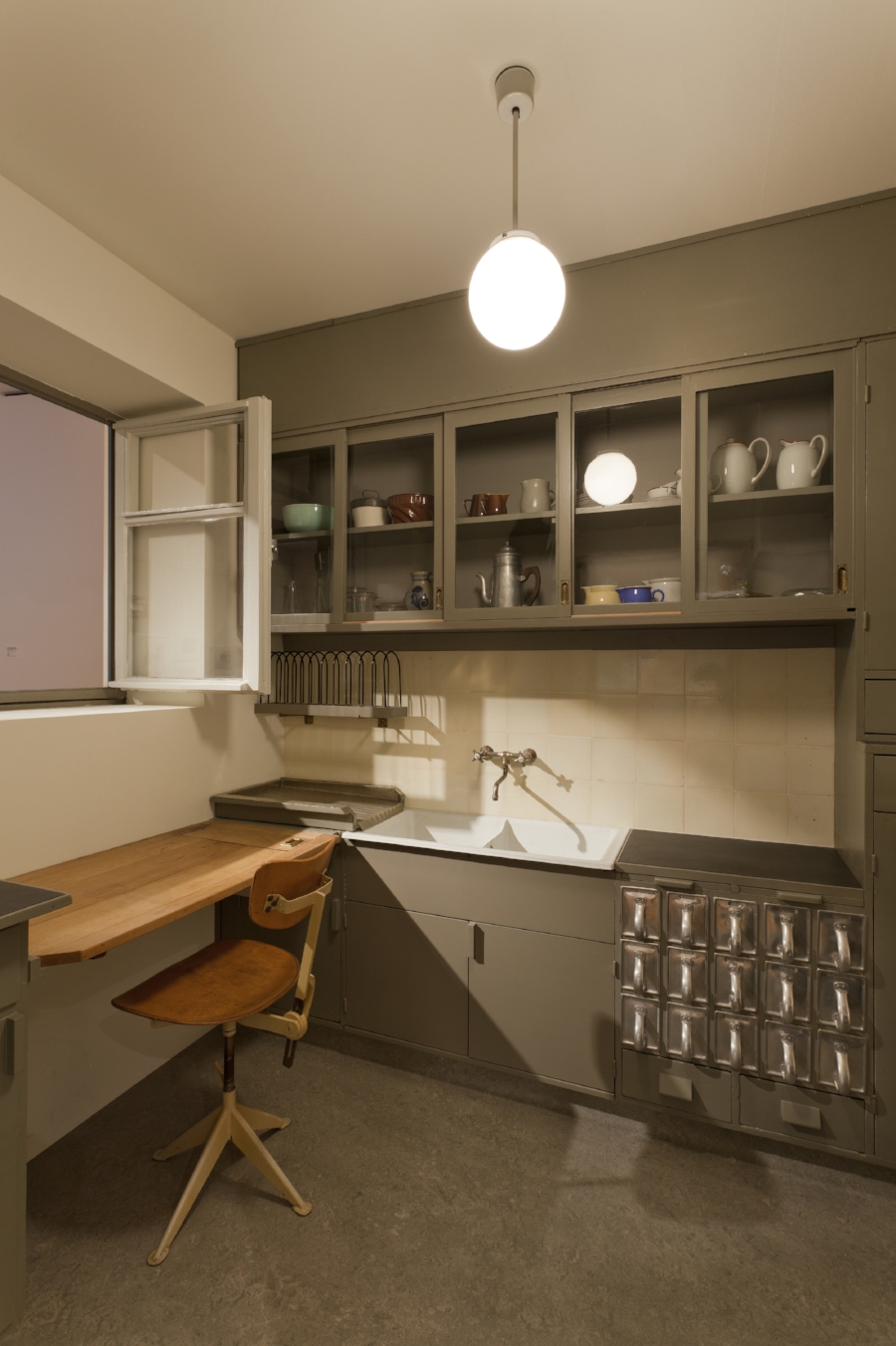
Grete Lihotzky, Frankfurt Kitchen, 1926-1927, Germany. © Martin Seck
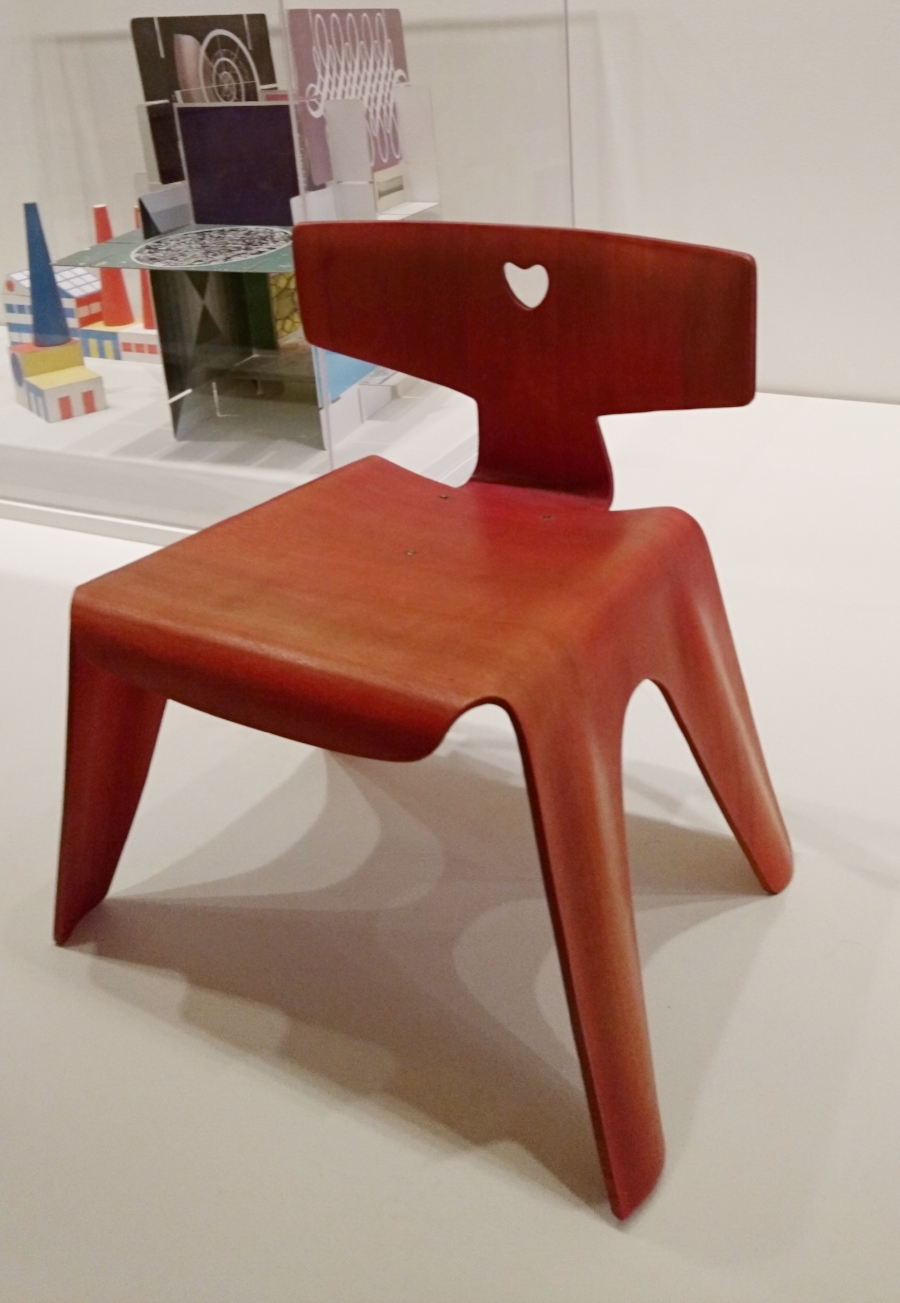
Ray & Charles Eames, Child's chair, c. 1944.
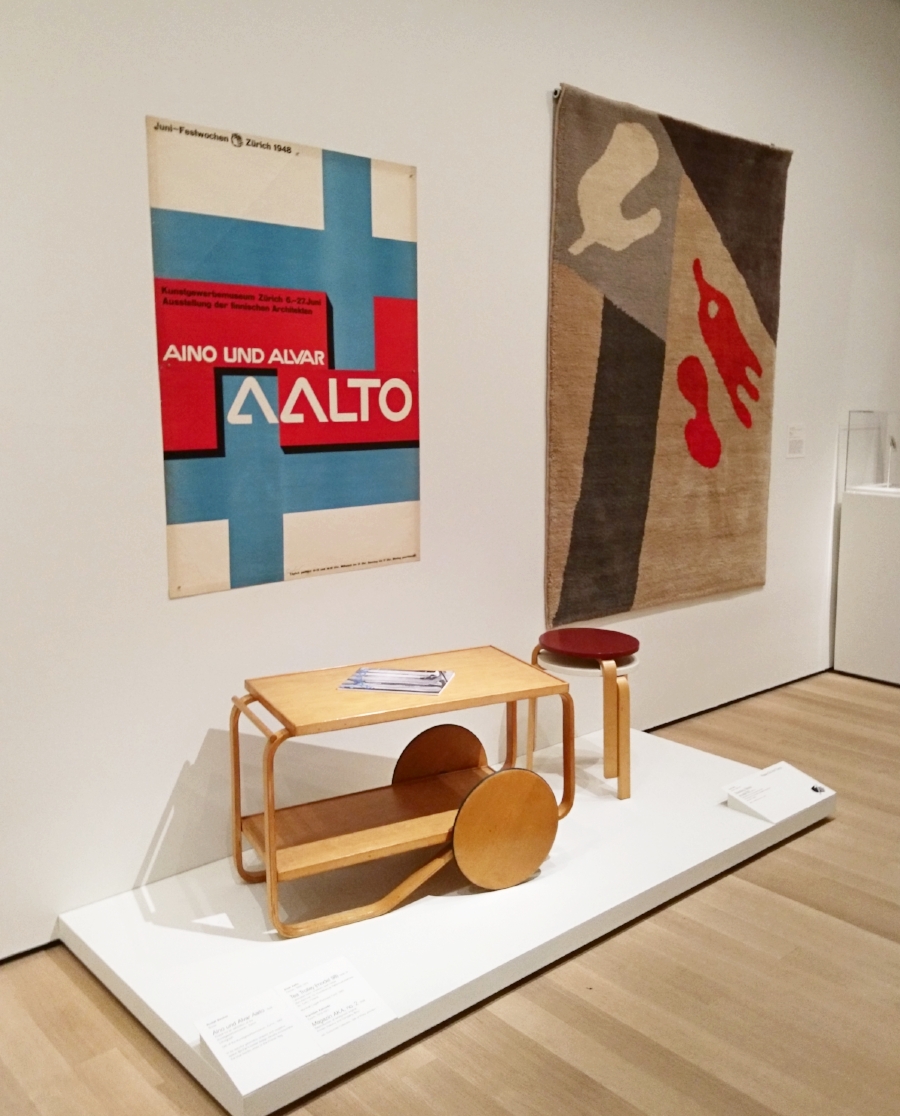
Artek and the Aaltos, 1935-39
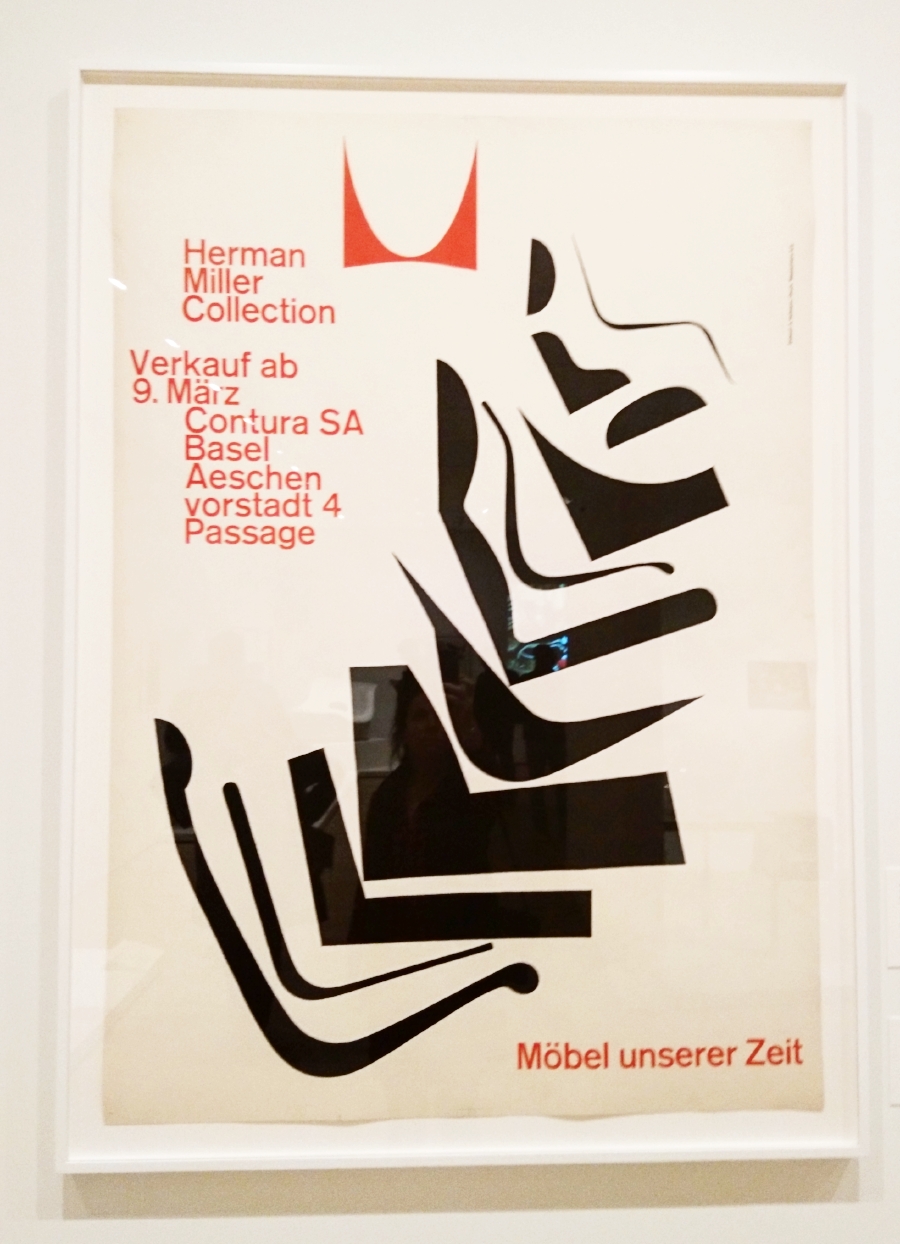
Armin Hofmann, Möbel unserer Zeit, 1962. Herman Miller Collection
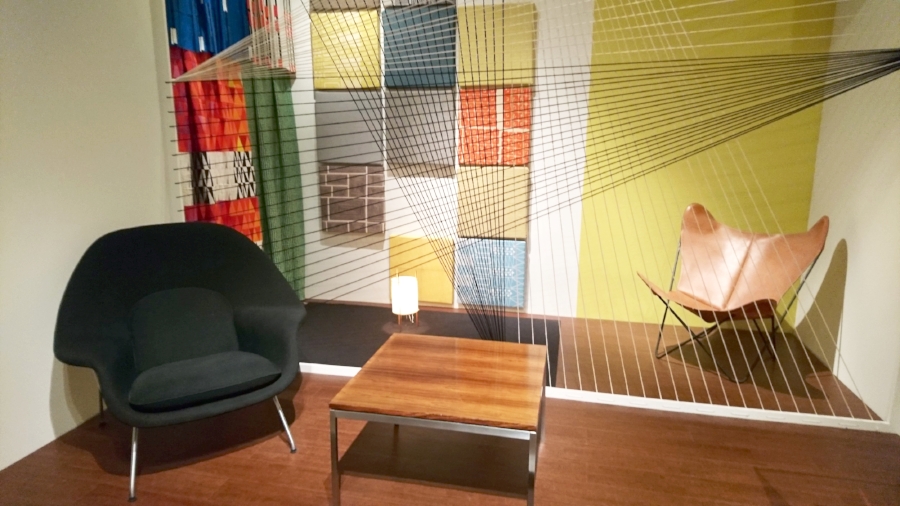
Knoll showroom, New York, designed by Florence Knoll, 1948.
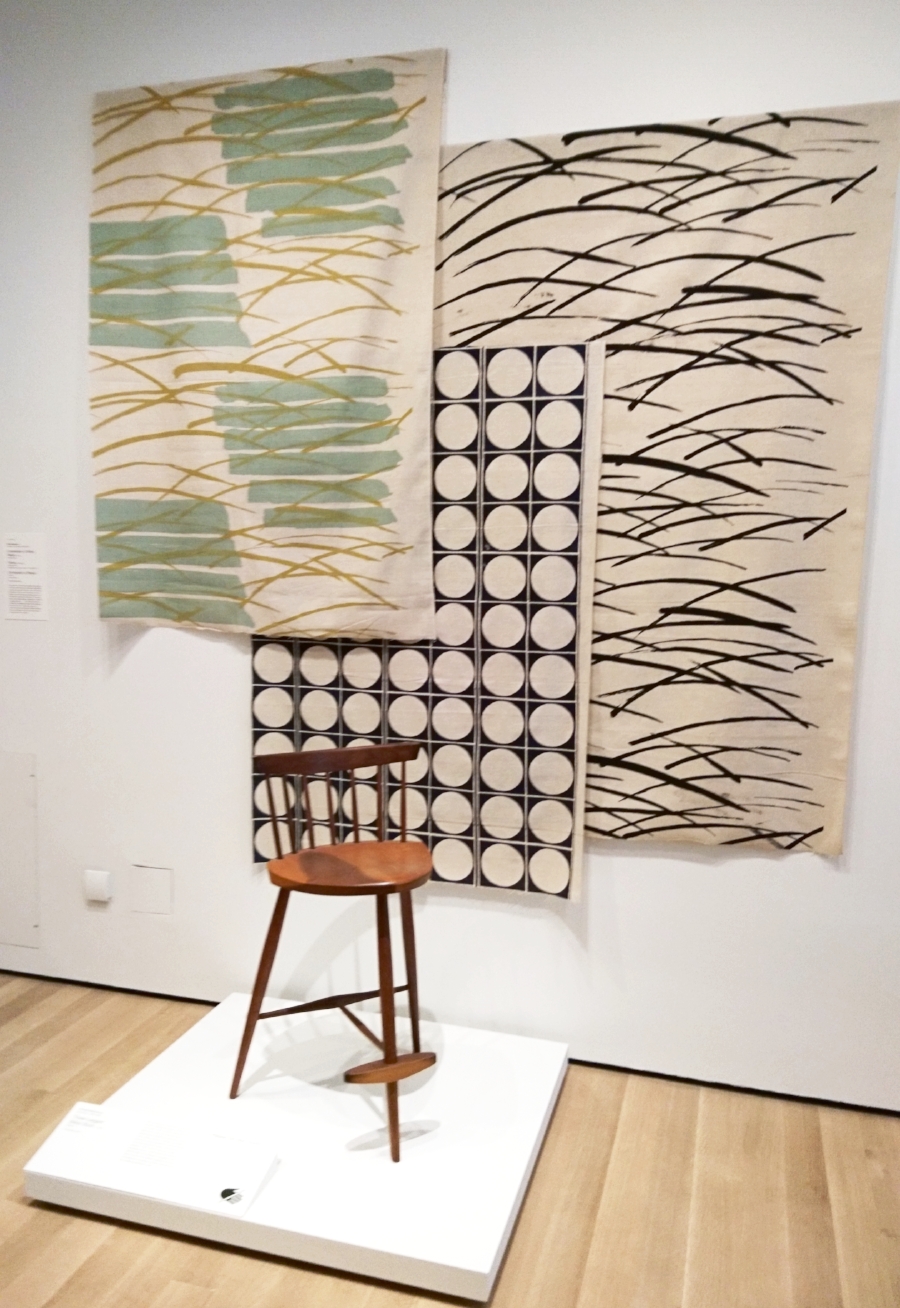
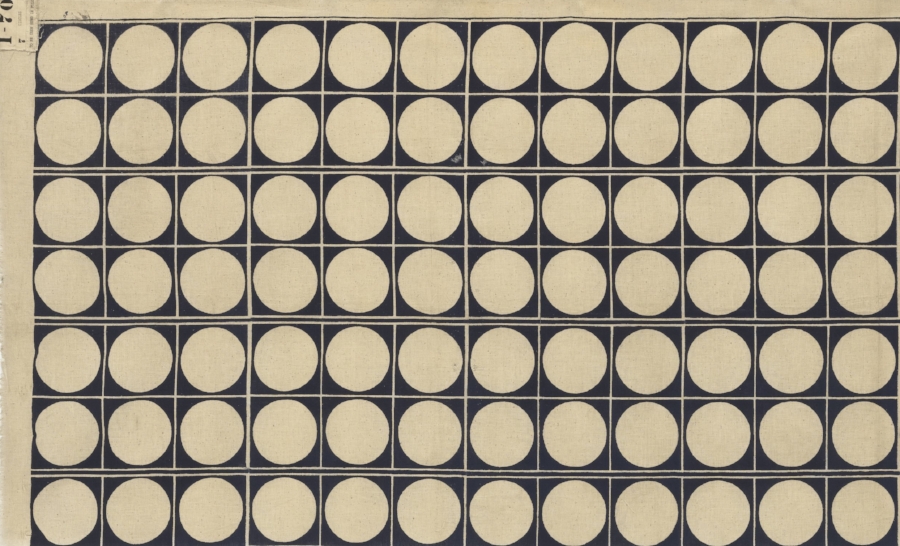
Noémi Raymond, Circles, c. 1939–40. Manufactured by Cyrus Clark Co., Inc., New York, NY. © The Museum of Modern Art, New York.
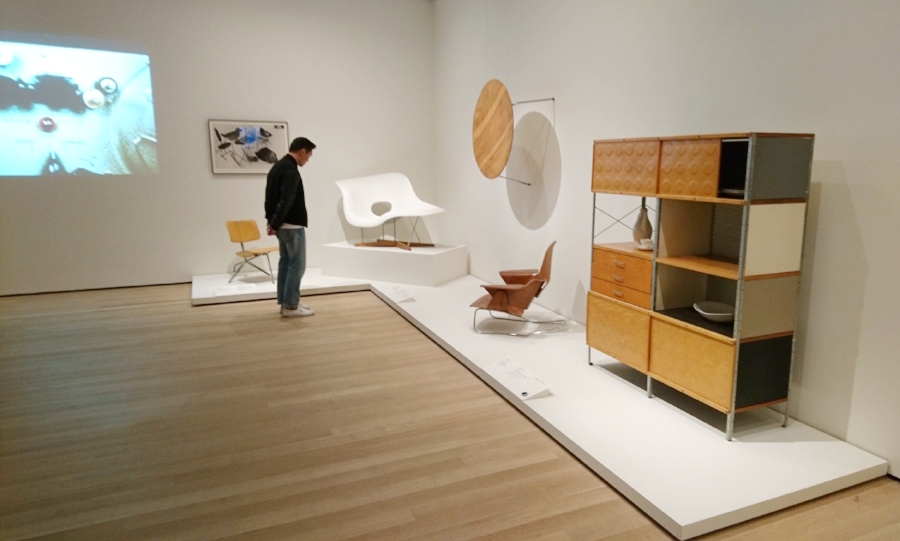
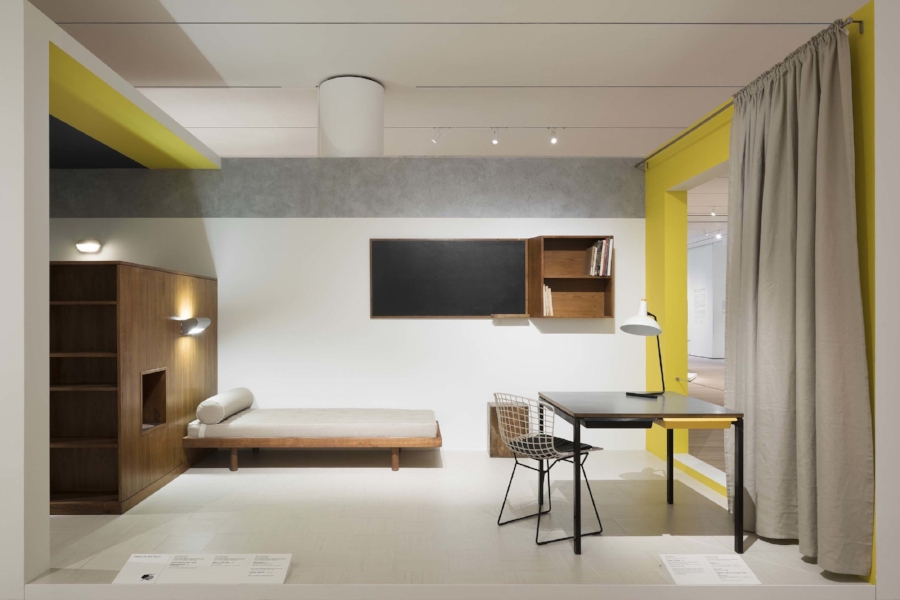
Furniture and interior by Charlotte Perriand, architecture by Lúcio Costa and Le Corbusier. Part of the Maison du Brésil, Cité Universitaire, 1959, Paris.
© Martin Seck



















